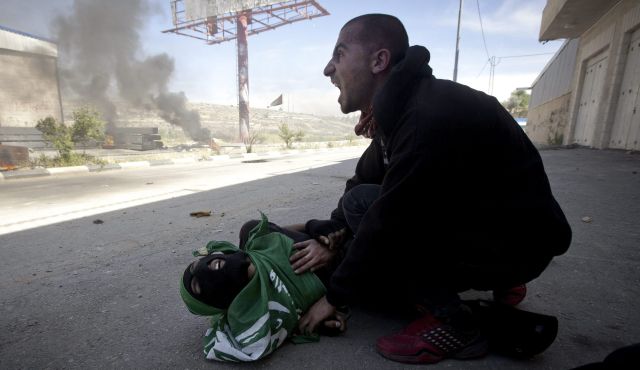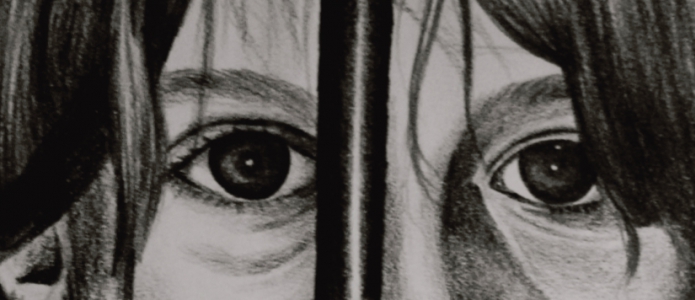Category: Journals
-
Recollection and memory, Al-Nakba continues
15th May 2015 | Karam (Muhannad) | Ofer military prison, Occupied Palestine The following post is written by the medic that was present on the scene on May 15th 2014, during the killing of Mohammad Odeh and Nadeem Nuwwarah as protesters commemorated al-Nakba near Ofer Military Prison. During Nakba day commemoration, Birzeit’s student council were trying to…
-
Journal: House demolition in East Jerusalem
27th April 2015 | International Solidarity Movement, Team Al Khalil | East Jerusalem, Occupied Palestine This has been hard to write down. The three of us put off again and again the thoughts and fears of that day, to remember them and to finally write them down. We have been avoiding it, because it is easier to…
-
Imprisoned Voices: corporate complicity in the Israeli prison system
20th April 2015 | Corporate Watch | This briefing was published on 17 April 2015 to coincide with the annual day of solidarity with Palestinian prisoners. It collects the memories of the pain, suffering and resilience of Palestinians who have been imprisoned by Israel. In 2013, Corporate Watch visited the West Bank and Gaza Strip and…



